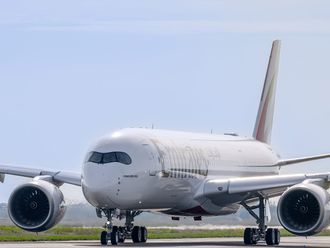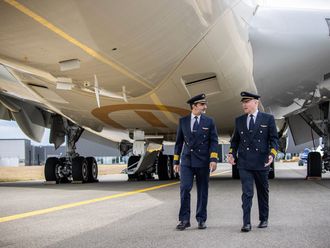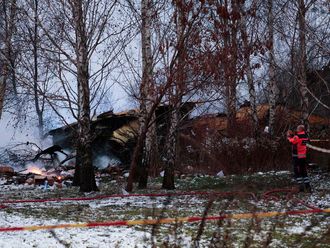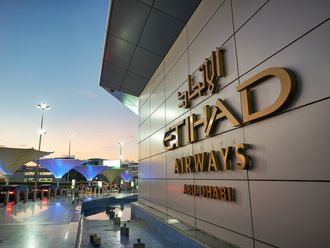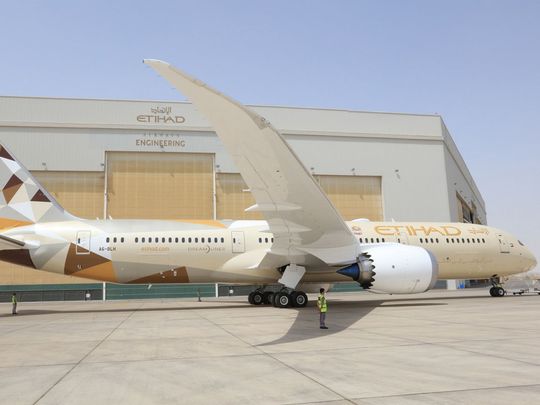
Abu Dhabi: With plans to add 20 jets by 2025, Etihad Airways is set to build on its existing fleet, revealed CEO Antonoaldo Neves, while also committing an ambitious $800 million to $1 billion towards refurbishing its older aircraft.
The new aircraft additions will get the UAE flag carrier to expand its fleet to 95 as of September 2024, from 79 a year earlier. The latest forecasts comes as it introduced ten new routes amid a renewed focus on high-demand Southeast Asian markets.
Neves is doubling down on his promise to “do whatever it takes” to double the fleet to 150 aircraft by 2030, emphasising Etihad’s strategy of scaling at a pace unmatched in the region. “We are growing three to four times faster than the UAE average,” Neves said. “We are getting about 20 planes next year. Out of the 95 aircraft we currently have, that’s more than 20% growth next year in fleet size. It’s huge growth,” he explained.
The carrier closed 2022 with 10 million passengers, and Neves hopes to close 2025 with 20 million passengers. “That is 2x in three years. We grew from 56,000 departures to 100,000 departures per year. We are going to be bigger than ever before.”
Etihad’s $1 billion retrofit plan
Neves said Etihad Airways plans to invest between $800 million and $1 billion to retrofit its entire fleet. “The retrofit programme has already started. We’re in the design phase, with many discussions happening,” he said.
“We’ve already contracted engineering partners and placed orders for the new seats, which take about two years to arrive,” said Neves.
The first of these seats are expected to be delivered by 2026, with the first planes rolling out of the hangar by the end of that year. “We plan to retrofit all of our Boeing 777s between 2026 and 2027,” he stated.
This is a critical investment for Etihad’s growth, said the CEO. “Despite having the youngest fleet in the region, with an average age of just seven years, we’re embarking on the most ambitious retrofit program in the Middle East. It’s a bold move, but it underscores our commitment to continually investing in our product,” he stated.
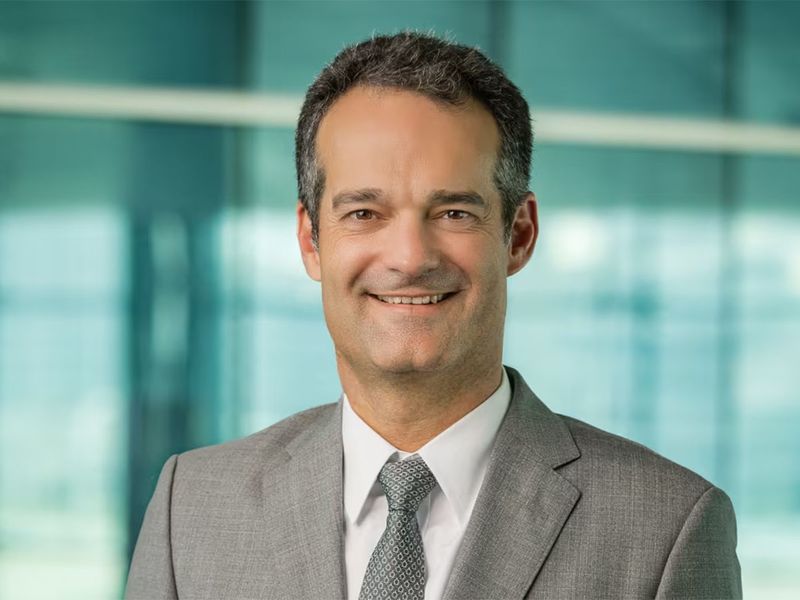
20 new aircraft
According to Neves, the new aircraft arriving next year are part of older orders Etihad placed with OEMs. “We’ve built a buffer into our plans and are optimistic about delivery timelines. However, with OEM challenges, we’ll adapt as needed.”
Neves said. “We took decisive action back in April to secure our aircraft orders. Instead of just talking about it, we made things happen. These were previously placed orders, but we worked hard to ensure they stayed on track.” In addition, more than a year ago, the airline secured brand-new planes through leasing companies, said Neves.
“A year ago, we saw an opportunity to acquire six brand-new aircraft that another airline was giving up. These planes weren’t in our initial budget, but we acted quickly. Within weeks, the engineering, operations, and fleet teams worked together to bring the planes to Abu Dhabi. In just six months, those aircraft were operational, serving destinations and generating revenue,” added Arik De, Etihad’s Chief Revenue and Commercial Officer.
Neves also said that some airlines focus on making big announcements about ordering hundreds of planes. “We’ve quietly ordered more than 60 planes in the past year without fanfare. Why? Because buying planes isn’t our core business—selling tickets is,” stated Neves.
Deployment plan for 20 new aircraft
Commenting on the deployment plan for the 20 new aircraft the airline is set to receive, De said, “Probably 40% of the new aircraft is going to new destinations. The rest is (earmarked) To build and fortify our existing network.”
“We are getting planes in the first half. For instance, we have an Airbus A320neo in February, which will go online. We also have a 787 (Boeing) and an A350 (Airbus) in the first half. There is an A380 we are bringing back in February and another A380 we’re bringing back,” he explained.

Launches go when aircraft come. And we have been diligent in building a significant buffer, considering the global supply chain challenges the industry faces.
According to De, these early arrivals are earmarked for boosting capacity on existing routes, such as adding second daily flights to key European destinations to attract more tourists to Abu Dhabi during its peak season, from November to April, when the weather is ideal.
Another example is Geneva, where Etihad currently flies one Boeing 787. “By the end of next year, we may switch to two A321LR flights instead. This allows us to offer better time options while maintaining the same capacity. And the 787 can be freed up to launch a new destination,” he added.
Neves said that about 70 per c of next year’s capacity growth will focus on strengthening the airline’s current network.
Combating delivery delays
The carrier announced Monday that it plans to launch ten new routes next year, most of which have been earmarked for the latter half of 2025.
De said, “Launches go when aircraft come. And we have been diligent in building a significant buffer, considering the global supply chain challenges the industry faces.”
De explained, “If you notice, an airline very close to us keeps postponing an aircraft not because they want to but because there are many challenges with aircraft deliveries.”
De cited the second reason for the staggered route launches as “organisational readiness.”
“We want to ensure enough lead time for the destination to succeed. Airlines sometimes rush into launches, driven by enthusiasm as soon as aircraft arrive, but that approach rarely works. Instead, we believe in thorough groundwork because there’s no substitute for preparation,” he explained.


